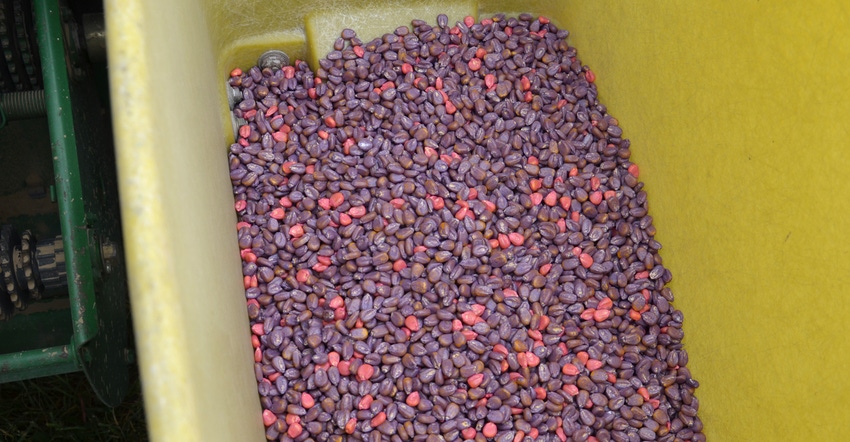March 11, 2021

We have a range of corn hybrids, from 105-day to 114-day maturity. My son and I disagree over which we should plant first. I think we need to get the full-season hybrids planted early to make maximum use of the season. He wants to plant the earliest ones first to have some early corn to sell, but I think that will hurt their yield potential. Can you straighten us out?
The Indiana Certified Crop Adviser panel includes Gene Flaningam, Flaningam Ag Consulting, Vincennes; Greg Kneubuhler, G & K Concepts Inc., Harlan; and Bryan Overstreet, Purdue University Extension ag educator, Jasper County.
Flaningam: Take a look at the corn hybrid’s disease characteristic packages, along with the relative maturity, for each hybrid you will plant. Those hybrids that have a strong disease package should be planted later in the season. Most foliar corn diseases move into fields during August and September. This would be an important time period for those later-planted hybrids to finish maturity.
Kneubuhler: To be honest, you are both right. It depends on your goals and what you’re set up for at your farm. I think to capture a good basis and potential early market opportunity, planting the early corn first, or a portion of those hybrids first, is a wise idea. If you’re set up to handle and harvest corn early, that makes a lot of economic sense to me. You are also correct to plant the full-season corn first to give it the most amount of time and heat units to finish and dry down better for you. Of course, each will pollinate at different times based on heat units accumulated relative to planting date. No one knows what the summer holds for weather, so simply having the diversity of maturities helps to manage that risk as well. All marketing aside, a range of hybrid maturity simply spreads out your risk agronomically whether it involves harvesting early or not.
Overstreet: Yes, you might lose some yield potential with an early hybrid but depending on your location, you may be able to catch some early-to-market prices that could make up that difference in the bank account. The advantage of planting the full-season hybrids first is that you could reduce the amount of drying you will have to do if you have facilities to dry the crop.
You May Also Like




